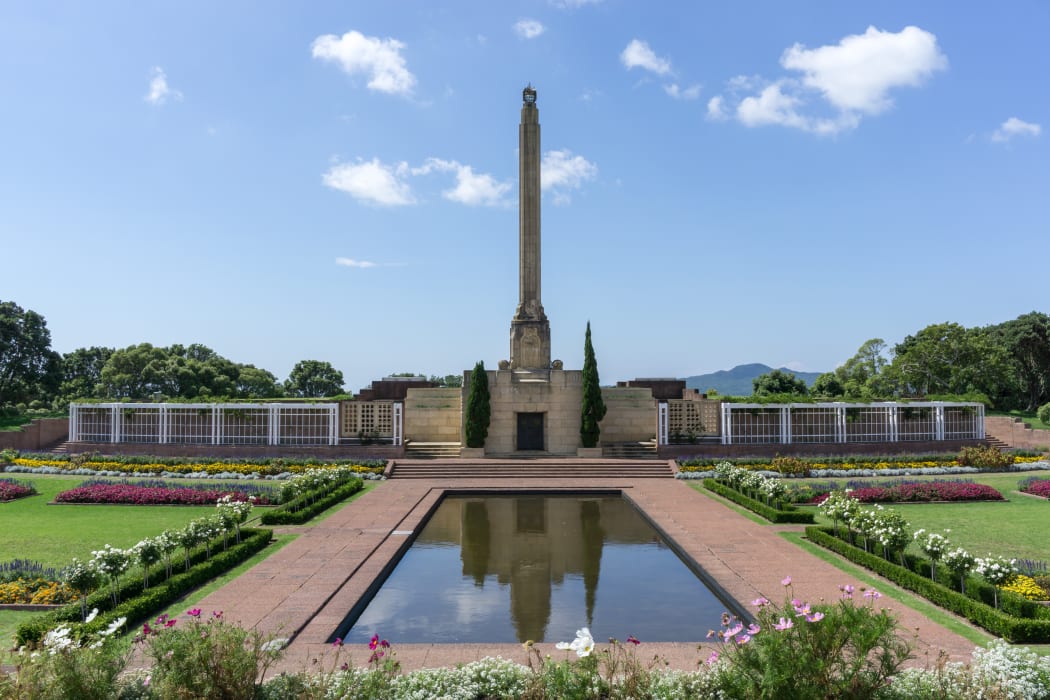Every day crowds of tourists flock to the Michael Joseph Savage memorial that overlooks Auckland's Waitematā Harbour.
But unbeknown to many, on the eastern side of the minarette and the gardens lies the metal entrance to the fort system built nearly 140 years ago.
It's a three-metre climb down into the dark before you walk through a narrow channel to one of the gun pits.
Today the tunnels at Auckland's Bastion Point were opened to the media for the first time since they were excavated 13 years ago.
Auckland Council principal heritage adviser George Farrant said as a part of archaeology week, the tunnels are also being opened to the public.
"It's not often that archaeological sites can be seen indefinitely, because normally they're buried and covered up again," he said.
"In this case, we've left the excavated tunnels and one gun pit clear underneath, we've got lighting and ventilation in there and periodically we do take special groups who have expressed an interest down there."
Only one gun pit has been completely excavated and Mr Farrant said surveys would be taken of the second.
Michael Joseph Savage's mausoleum was built on top of the fort.
Mr Savage was prime minister from 1935 to 1940, when he died of cancer.
His government is remembered for introducing free universal health care and superannuation and Mr Farrant remembers how revered he was by the public.
"He was brought in the funeral cortage up the length of the North Island," he said.
"[There was] a great ceremony and great anguish in the part of the people who gathered at every wayside stop and station to pay their respects to him.
"It was probably equal only to the outpouring of grief after Princess Diana's death."

Photo: 123RF
It was not common knowledge that the memorial for Michael Joseph Savage was also his resting place, he said.
For a while there were questions over where the former prime minister's coffin actually was, after they couldn't detect it in the sarcophagus.
"We scanned in through there and found gravel, maybe a stack of concrete blocks, in this position to hold the lid up," he said.
"It dawned on us, with access to parliamentary archives, that he was probably below floor level.
"So the sarcophagus itself is a beautiful piece of symbolism rather than a functional sarcophagus."
Ngāti Whātua Ōrākei refers to the area where Mr Savage's tomb is as Kohimaramara, which means 'to collect the wood chips'.
One of its trustees Ngarimu Blair said it was a historical meeting point for waka.
"People who arrived on different canoes and waka after battle being spread out [on the water] like wood chips," he said.
While the iwi recognised the importance of Sir Michael and all the things he did for the country and Māori, his resting place was ironic, Mr Blair said.
"He was ultimately buried on land that was wrongfully taken off us and hasn't been returned," he said.
"We own all the land around it, we manage it and it's open for public use, but we've always looked a little bit sideways at how the memorial is managed."
The mauseloum and the fort system will be open for two tours tomorrow, but both are already booked out.

